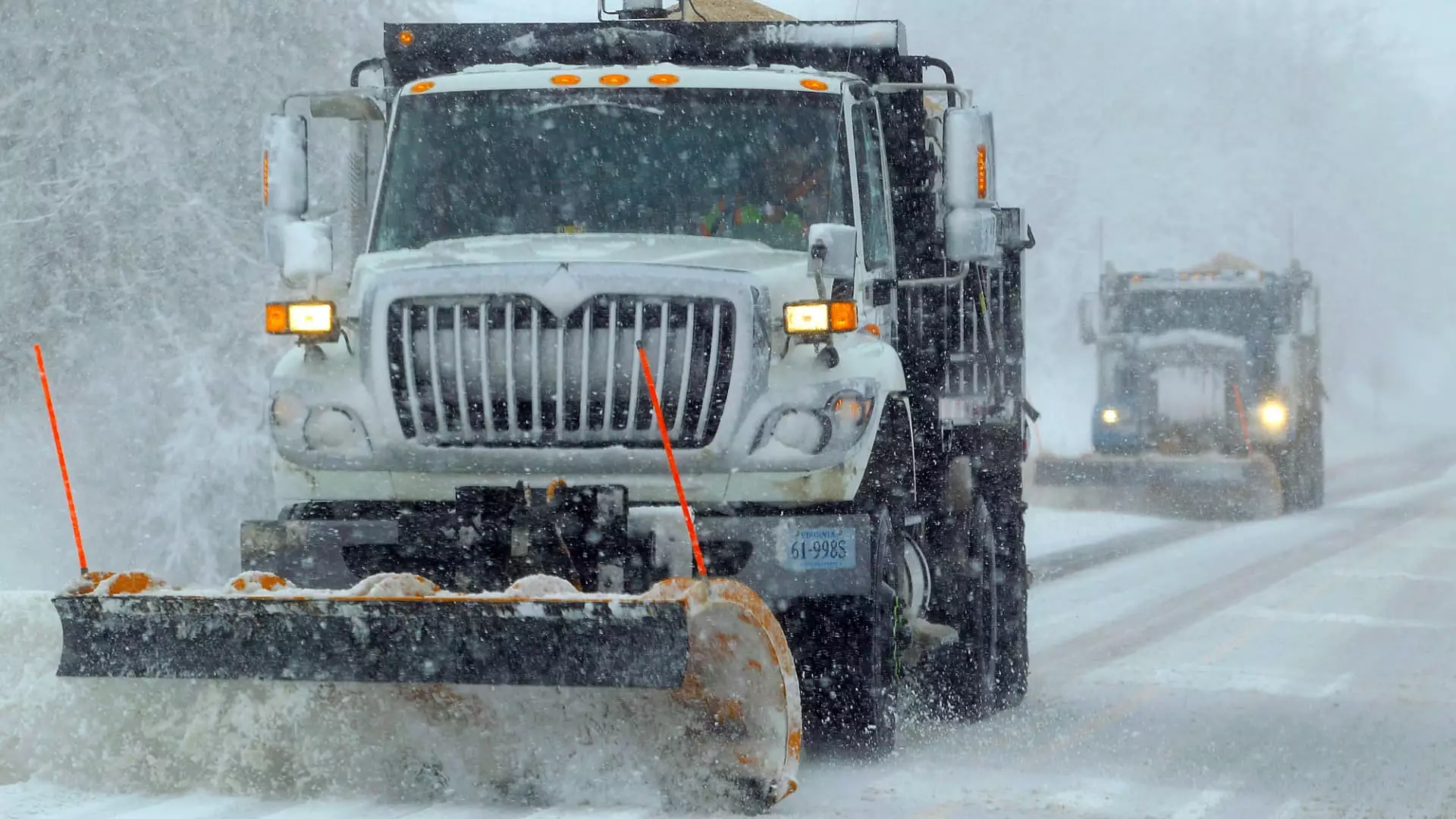As winter’s frosty grasp tightens around the United States, tens of millions of Americans are preparing for a formidable winter storm predicted to unleash some of the heaviest snowfall and coldest temperatures seen in over a decade. This blog examines the storm’s implications, the science behind it, and the response from various sectors as they brace for what could be a transformative weather event.
The Nature of the Polar Vortex
At the heart of this brewing catastrophe lies the polar vortex—a swirling mass of cold air that typically exists in the Arctic. Under certain conditions, this polar vortex can push a lobe of bitterly cold air southward, slamming into parts of the United States and ringing alarm bells across numerous states. As the polar vortex traverses the country, it brings with it life-threatening cold and severe winter weather, an atmospheric phenomenon that often leaves communities struggling to cope with its fallout.
In this case, states like Kansas, Arkansas, Kentucky, and Virginia have all declared states of emergency, foreseeing the severe implications for daily life. Insights from meteorological organizations indicate that this is no ordinary winter storm; rather, it poses both immediate threats to life and long-term consequences for infrastructure, making it essential for regional authorities to prepare for the worst.
The Scope of the Storm
Forecasts indicate that approximately 60 million people across 30 states will experience harsh weather conditions as the storm moves eastward. The prevalence of alerts from the National Weather Service (NWS) is indicative of the storm’s reach, signaling significant threats that stretch from the Plains to the Mid-Atlantic. In addition to snow accumulation reaching up to 15 inches in some areas, the risk of crippling ice adds another layer of danger, particularly for travel and public safety.
In places like Kansas City, even air travel has not been spared from the repercussions of the storm, leading to temporary airport closures and significant flight delays. The threat of blizzard-like conditions in Kansas, including gusty winds and reduced visibility, emphasizes how quickly weather can disrupt normal routines, injecting a sense of urgency into travel and safety preparations for those in affected areas.
Preparation mechanisms have been set into motion in urban centers like Cincinnati and St. Louis, where authorities are pre-treating roadways and establishing warming centers. The NWS predicts “considerable disruptions to daily life,” resulting in travel that is “very difficult to impossible.” Emergency services must navigate not only inclement weather conditions but also heightened demand for their services, as community members will seek assistance in emergency situations that arise due to the storm.
Across the Southern states, the unexpected cold weather poses unique challenges. Meteorologists are warning about severe thunderstorms that could trigger tornadoes, damage wind, and hail, creating a perfect storm of circumstances that places millions in danger. Places typically unaccustomed to such severe weather, like Arkansas and Louisiana, can find themselves overwhelmed by rapidly evolving conditions.
Travel Chaos and Advice
As travelers take to the skies or hit the road, the ripple effect of this storm has been immediate and alarming. By Saturday, it was reported that nearly 7,000 flights faced delays across the nation, with airports like Denver International seeing significant interruptions. Major airlines are scrambling to accommodate travelers by waiving change fees, emphasizing the need for flexibility in a chaotic atmosphere.
Given the certainty of extreme weather, it is prudent for individuals to remain informed and to adjust their plans accordingly. The NWS has implemented wind chill advisories across various northern Plains states, alerting residents to dangerously low temperatures that threaten human safety and wellbeing. In this context, ensuring access to timely and reliable information is vital to mitigating risks.
Following the storm’s passage, a significant temperature drop is anticipated, with conditions remaining starkly different from the preceding mild fall days. The U.S. will face a chilling high temperature drop of up to 25 degrees below average, resulting in potential hardship for vulnerable populations without adequate resources or housing.
As the nation braces itself for what could be a historic winter storm, the need for collaboration—between emergency services, local governments, and individual citizens—cannot be overstated. The challenges posed by adverse weather conditions serve as a reminder of nature’s power, reinforcing the importance of preparedness and resilience in the face of unpredictable events.
Emphasizing preparedness and awareness of the dangers ahead, this upcoming winter storm presents a crucial opportunity for communities to come together, ensuring safety for all as they face the elements. As the storm unleashes its wrath, the collective responsibility to weather this tumultuous season is more important than ever.

Leave a Reply